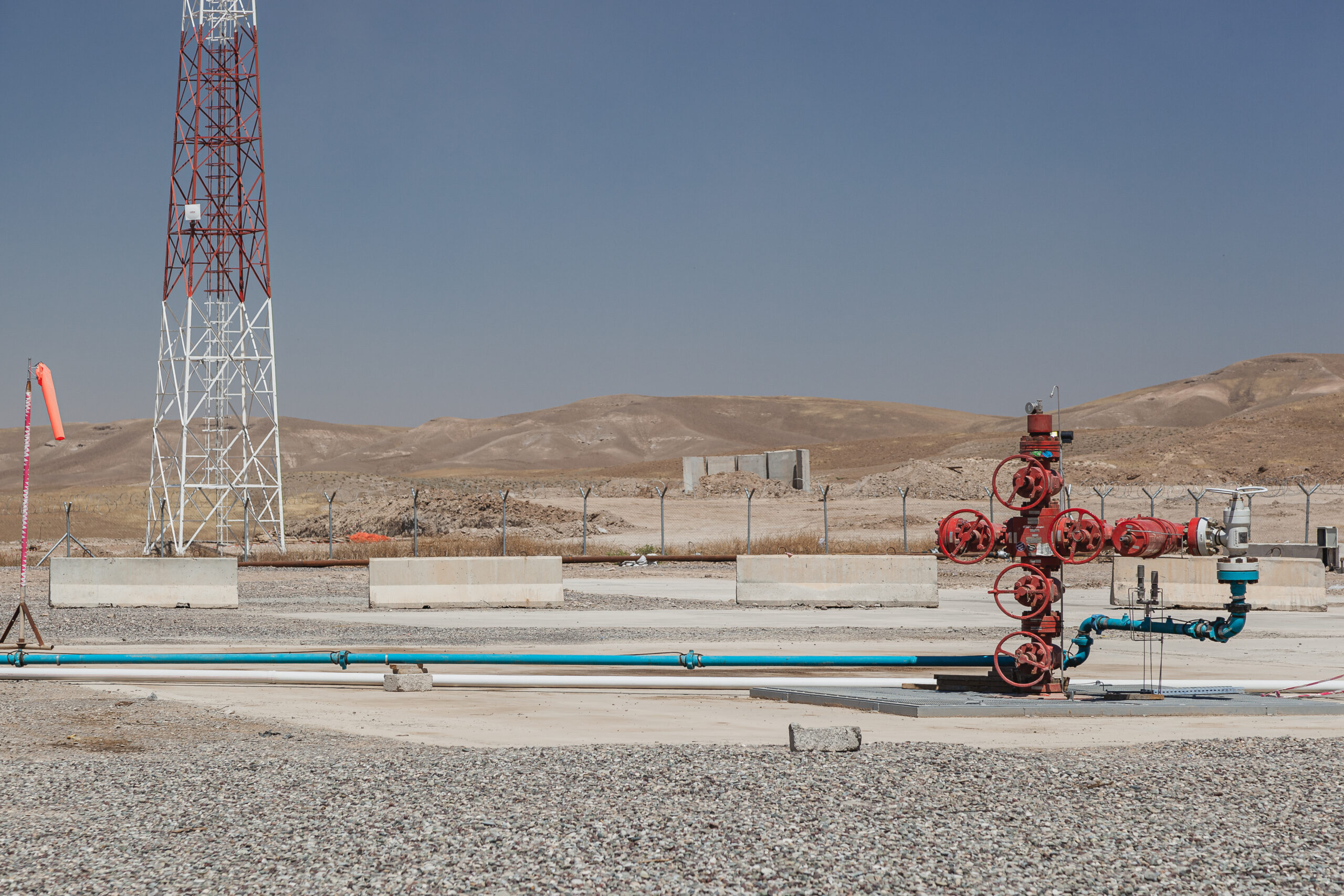Argentina gas surge hastens exit of Bolivian gas
Argentina’s gas surge is at once accelerating Bolivia’s demise as a gas supplier and reinforcing South America’s dependence on fossil fuels.

At a July 9 Independence Day ceremony, outgoing president Alberto Fernández inaugurated a new Argentine gas pipeline that he predicted would usher in an era of “energy independence.” The new 573 km pipeline, which runs northeast from Argentina’s giant Vaca Muerta shale formation in Neuquén province to Salliqueló in Buenos Aires province in a first phase, means just the opposite for neighbouring Bolivia, a landlocked country that formerly aspired to be a hub for gas integration on the continent.
Once seen as flush with gas reserves, Bolivia started supplying Brazil through a new cross-border pipeline in 1999, and a dozen years later, another line was built to expand supply to Argentina. As gas revenue piled up, populism and resource nationalism came to imbue Bolivian politics. The gas industry was saddled with more than 80% in taxes, heavy fuel subsidies, and, defying commercial logic, a government refusal to export to Chile because of a historical dispute over maritime access. Bolivia’s then-president Evo Morales, who ruled from 2006 to 2019, elevated the role of state-owned oil and gas company YPFB and relegated international oil companies to service contracts.
With little incentive to invest in Bolivia, companies such as France’s TotalEnergies and Spain’s Repsol focused on developing existing gas reserves rather than drilling for more. Bolivian gas production peaked in 2014 at 61 million cubic metres per day (mcmd) and has since tumbled to around 38 mcmd, according to Bolivian government statistics.
“This is an example of how countries get high on raw materials,” Alvaro Ríos, director of Latin American consultancy Gas Energy, tells Gas Outlook. “They squeeze them to the maximum, like milking a fat cow but without providing grass and vitamins so it keeps producing milk. This situation is now completely structural.”
In a report issued in January, UK consultancy Wood Mackenzie predicted that Bolivian gas production will collapse to as little as 11 mcmd by 2030, less than the country’s domestic demand.
Bolivia is currently exporting less than 20 mcmd of gas to Brazil and 8 mcmd to Argentina. The combined shipments once exceeded 45 mcmd, generating billions of dollars a year in revenue.
“In 2029, unless there is a miracle, Bolivia won’t be able to export one molecule of gas and will need to import,” said Ríos, who served as Bolivia’s hydrocarbons minister in 2003-2004. Bolivia is already importing gasoline, diesel and crude oil, and will begin importing LPG by the end of this year, he predicts.
In recent comments to local media, Argentina’s ambassador to Bolivia, Ariel Basteiro, said Argentina will stop importing Bolivian gas in 2024, three years before its supply contract expires. “I understand this won’t be a problem for Bolivia because there is gas demand in Brazil, so it’s not that there won’t be a place to put the gas. It’s just changing clients.”
But Brazil, like Argentina, needs less and less Bolivian supply, and Bolivia has less and less to provide. In the late 2000s, Brazil’s state-controlled Petrobras, Shell and a host of other oil companies started developing massive oil and gas deposits under thick layers of salt in deepwater reservoirs. Output of this pre-salt oil and gas has skyrocketed, even though big new discoveries have petered out. And Brazil, like Argentina and Chile, is a regular importer of LNG that complements domestic gas production and pipeline imports.
Economic consequences
Inside Bolivia, the economic consequences of declining gas production and exports have contributed to the country’s weakening financial profile and dwindling hard currency reserves.
On June 30, Moody’s Investors Service slapped a negative outlook on the country’s sovereign credit ratings, reflecting an absence of policies “effective in durably reversing the weakening of the country’s external account, fiscal position and economic growth dynamics.” The agency highlighted declining hydrocarbon reserves and production, as well as the risk of another cycle of political turmoil.
YPFB is trying to reactivate mature upstream blocks such as Surubí and Mamoré in the Cochabamba region that were relinquished by Repsol at the end of June, six years ahead of schedule as the Spanish firm shifts toward cleaner forms of energy. YPFB is carrying out some exploration drilling as well. But such efforts at best will only stave off Bolivia’s inevitable decline as a hydrocarbons producer.
Next door in Argentina, the Fernández administration plans to build a second phase of the new shale gas pipeline to reach northern provinces, with a tender scheduled for September. At the recent inauguration ceremony that doubled as an electoral campaign event, economy minister and presidential hopeful Sergio Massa said a separate tender to reverse a northern gas pipeline will be launched in two weeks. The infrastructure build-out will eventually enable Argentina to export its gas to Bolivia, southern Brazil and northern Chile. Argentina will use the Bolivian pipeline route to reach Brazil, so the Bolivians will be able to charge a transport toll, Ríos said.
Looking ahead, Bolivia will need Argentina’s gas to replenish supply to its industries and power generation that are heavily reliant on gas. Only a sliver of Bolivia’s energy comes from solar and wind farms that, on a larger scale, would have cushioned the blow of its declining gas supply.



